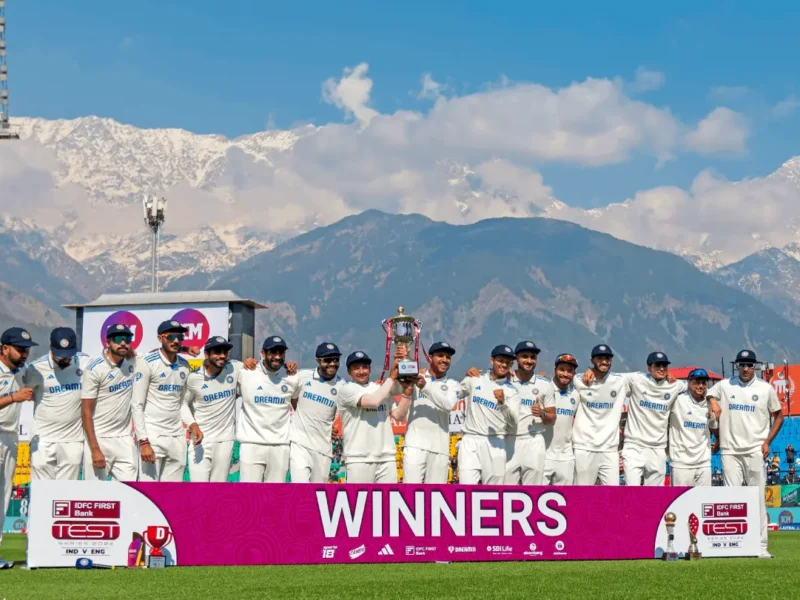
Beyond the Arangetram
By VIJAYALAKSHMI
Regardless of the universal values that Mohiniyattam has to offer, I often like to pose questions like – “Why do you dance?” and “What does Indian classical dance mean to you?” to the Indian audience and Indian American youth here. To be prodded to think about “why” we do what we do, is disconcerting to most and perhaps largely stems from the mechanistic approach of the West that many have been inevitably influenced by. In fact, it is a fundamental question anyone who dances, ought to ask of themselves, and not just from the diaspora.
The “why” actually applies to every aspect of our lives, so it is critical and invaluable to investigate and seek answers. Especially, given that our Indian dance traditions are not just limited to physical movement, but reflect a deep mind-body experience, rooted in the spiritual. Apart from the obvious reason of connecting with our culture, is it the ultimate objective to secure an Arangetram under one’s belt, or get extra credits for college admissions, only to relinquish it sooner than later? The Arangetram, has come to become more of a social gathering and is a contrast to its original, modest intentions – that of the young student presenting her/his debut. Isn’t the process and experience of learning & imbibing the values that Indian dance epitomizes the most important aspect?
I also urge the community to be open to all forms of dance, so that their child has adequate exposure to the various Indian forms and is then able to focus on the one that he or she truly enjoys and feels most natural with. Parents, who have grown up in India, lament the fact that their children are part of a society that believes that Indian culture is defined by Pop culture. These are parents who feel grateful and privileged to have experienced the classical and folk arts back home, during their formative years, while their children have little access to that, besides misleading notions of our culture and values. Though one has to concede, that there is a much more concerted effort on the part of the parents outside the country to remain tenaciously connected to their traditions than in India, where society is blindly emulating the west and even embarrassed to own the Indian ethos.
It is imperative, that the Indian American youth understand, that Indian classical dance is a very therapeutic, empowering and spiritual experience, that can impact our lives forever if we so choose. That most of all, Indian dance is about the experience and is not limited to being an event.
(Vijayalakshmi is a world-renowned exponent of Mohiniyattam, the classical dance form from South India. She has performed at some of the most prestigious venues in India and around the globe, including the Bolshoi Theatre, the Edinburgh International Festival, and the Lincoln Centre. She was awarded the distinguished Regents’ Lectureship program at UCLA in 2020. She is the Founder-Director of The Mohiniyattam Institute, Los Angeles and the Artistic-Director of the Centre for Mohiniyattam, New Delhi.)




